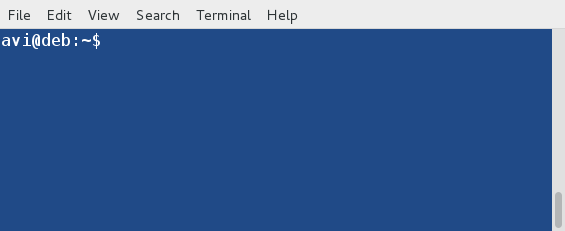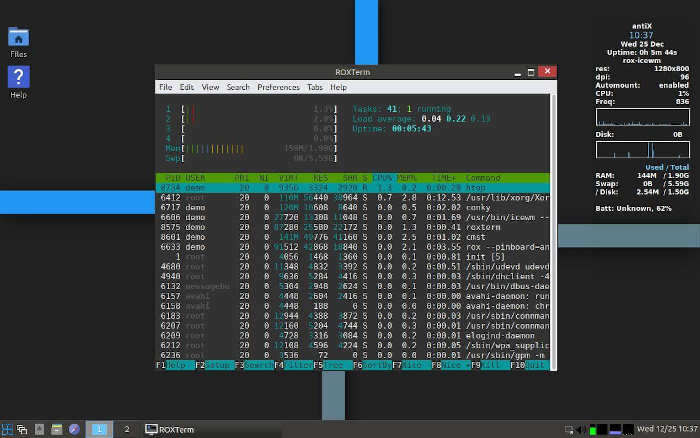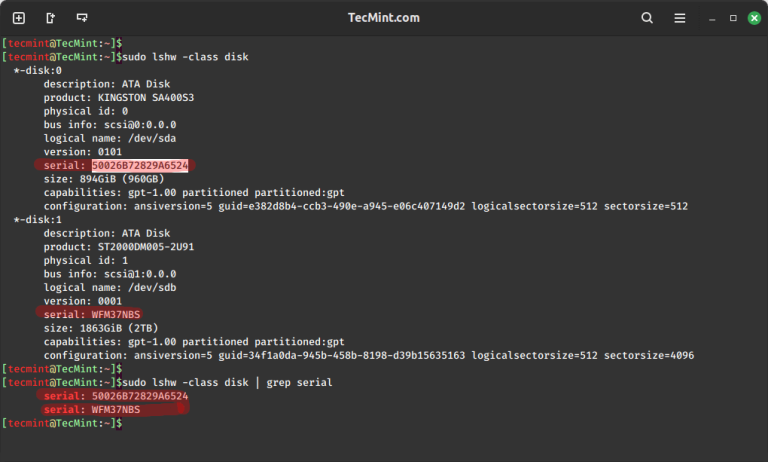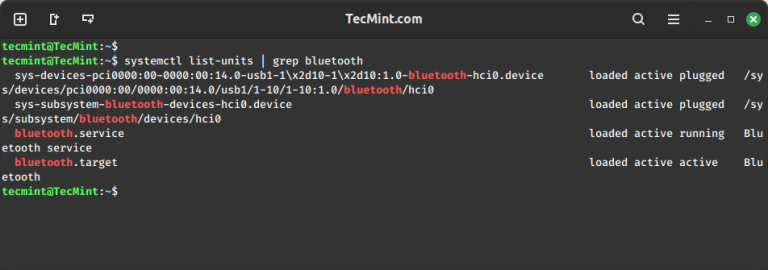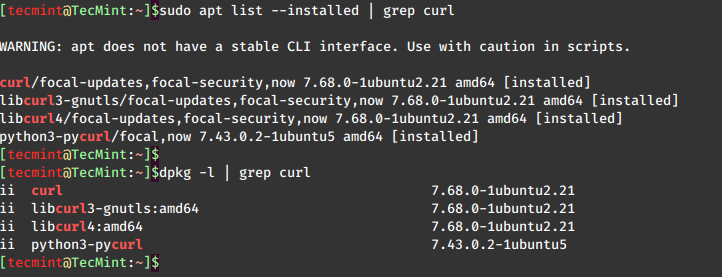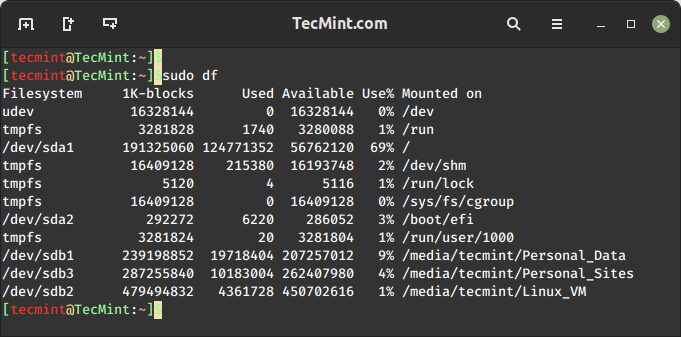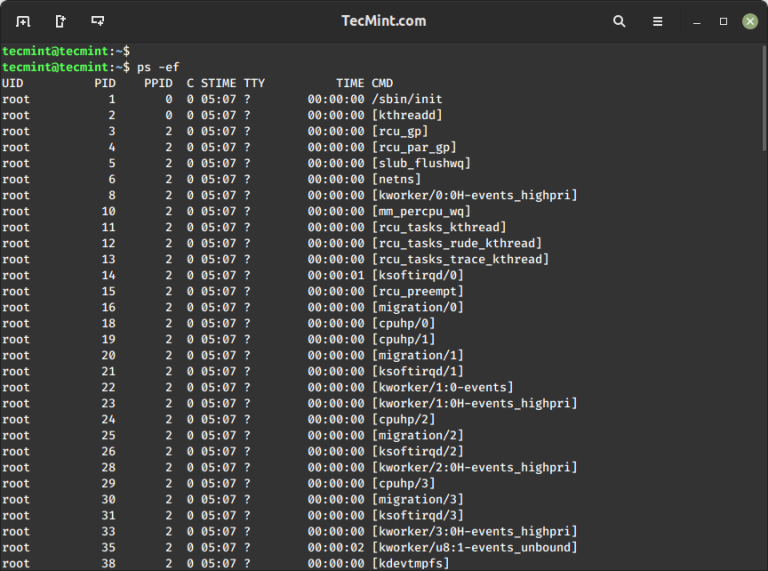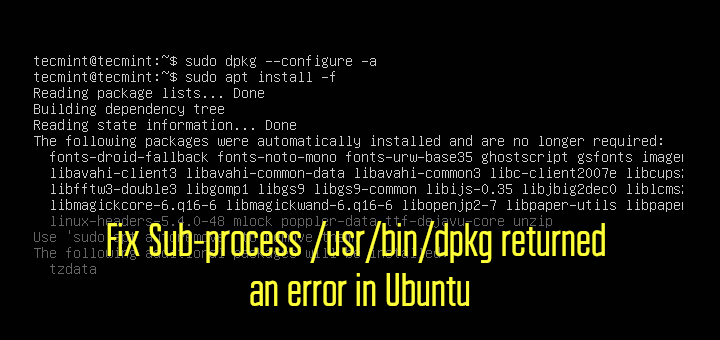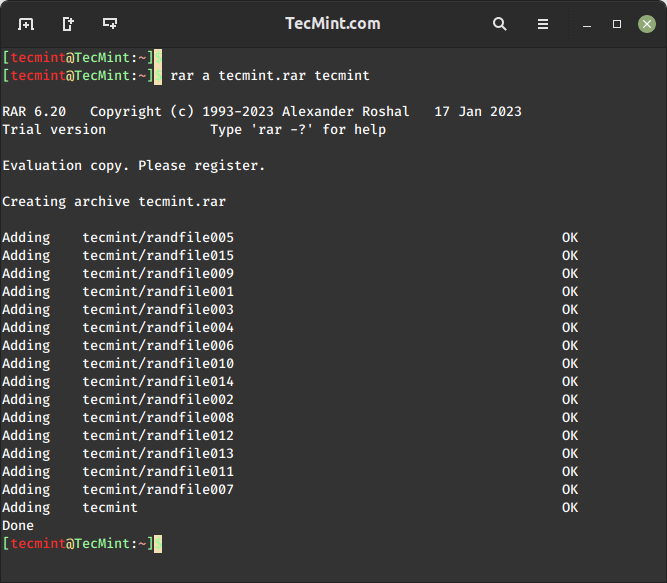Fish – A Smart and User-Friendly Interactive Shell for Linux
The Friendly Interactive Shell which is commonly called and abbreviated as FISH is a shell for UNIX and UNIX-like operating systems. It is released under GNU General Public License v2. FISH is a user-friendly, interactive…
